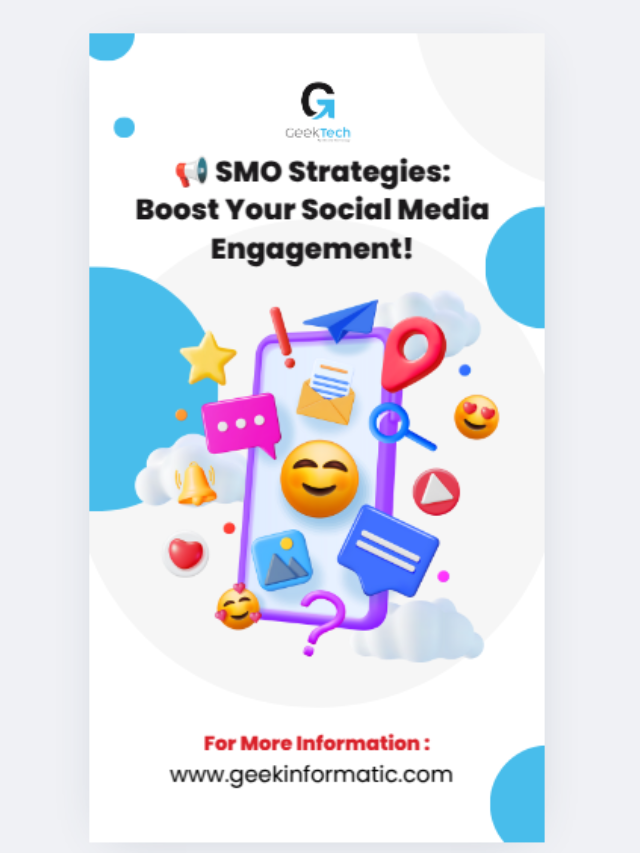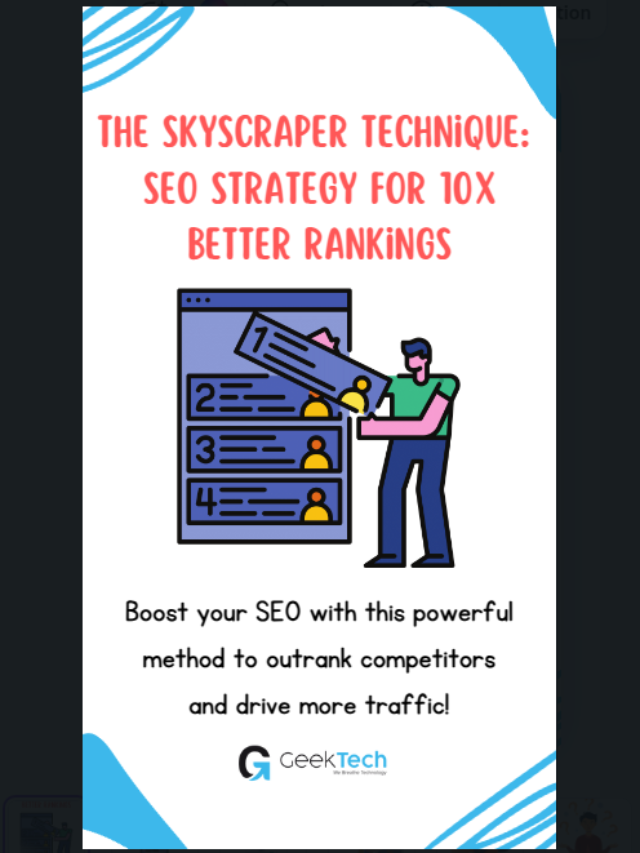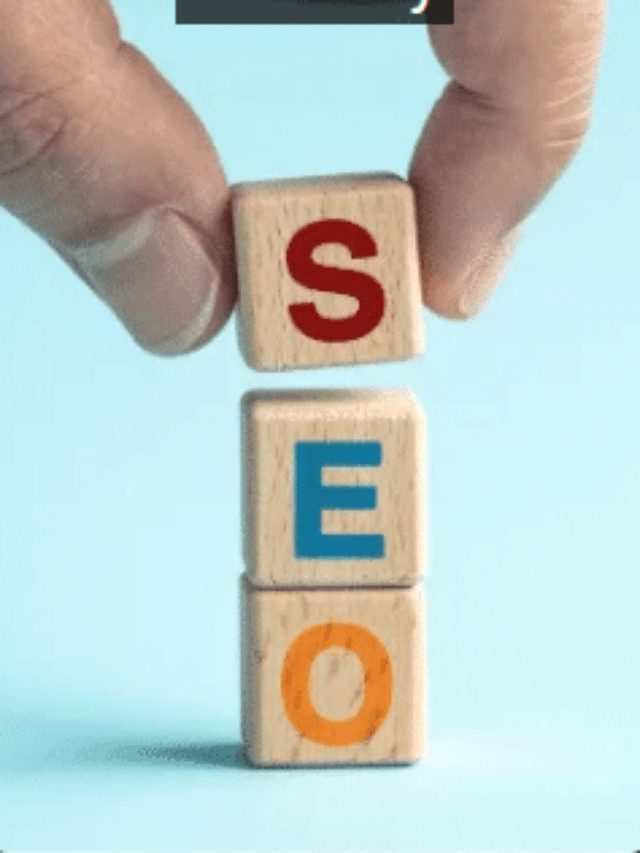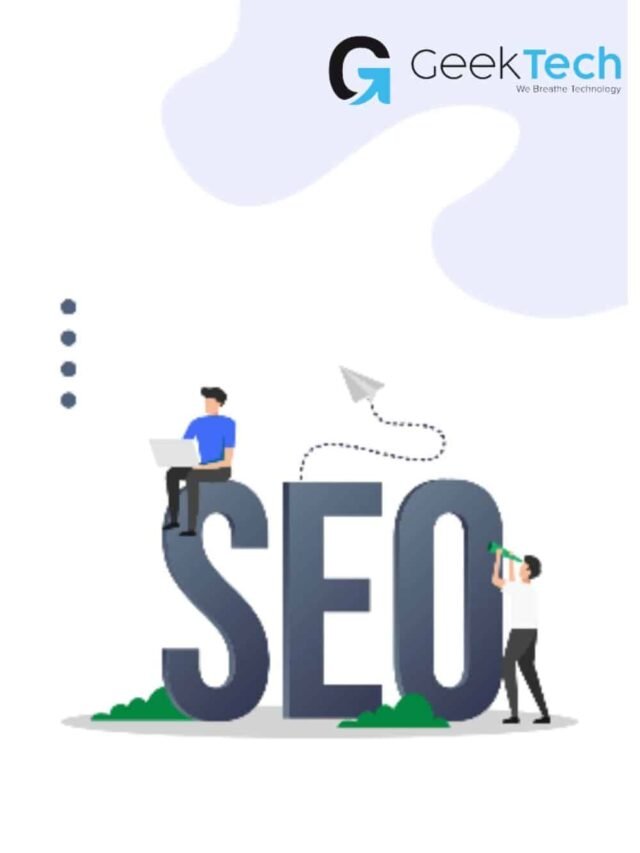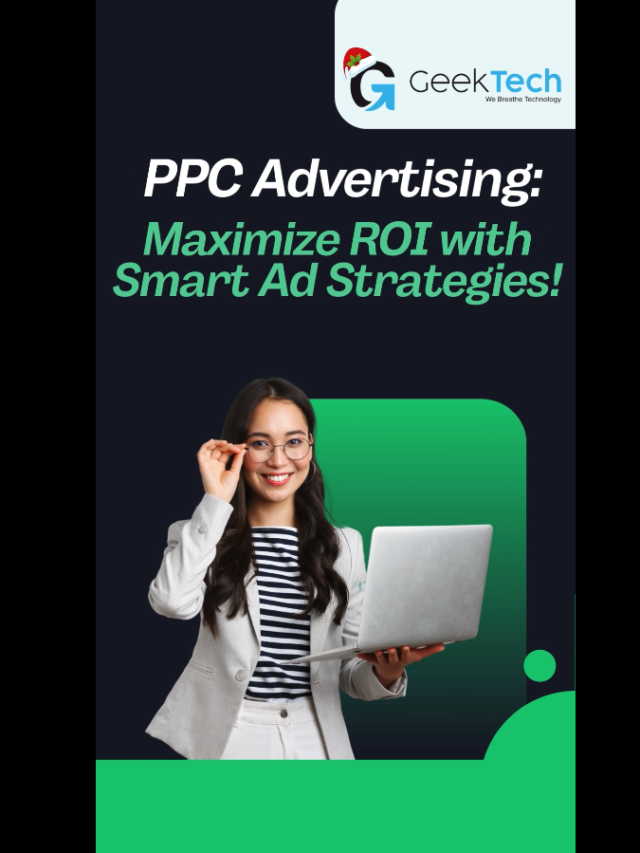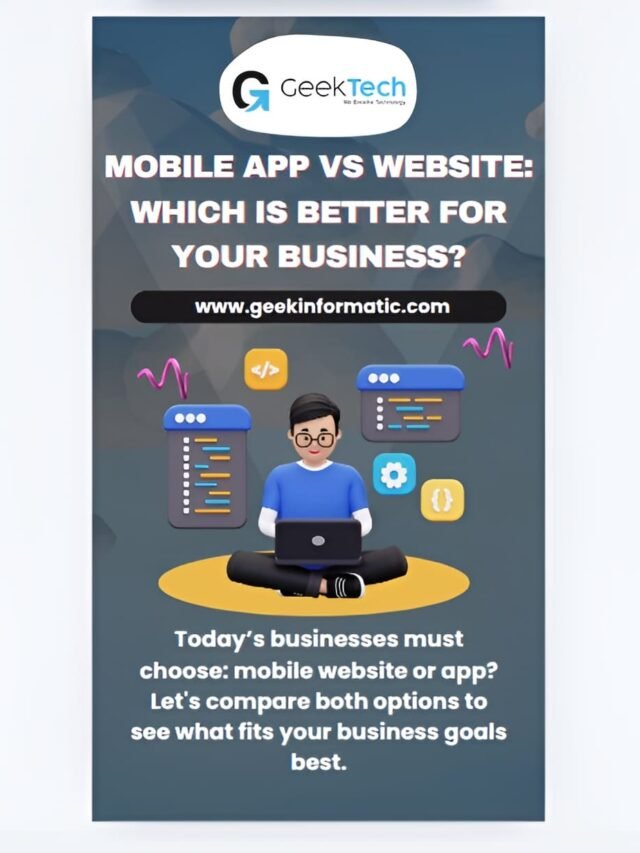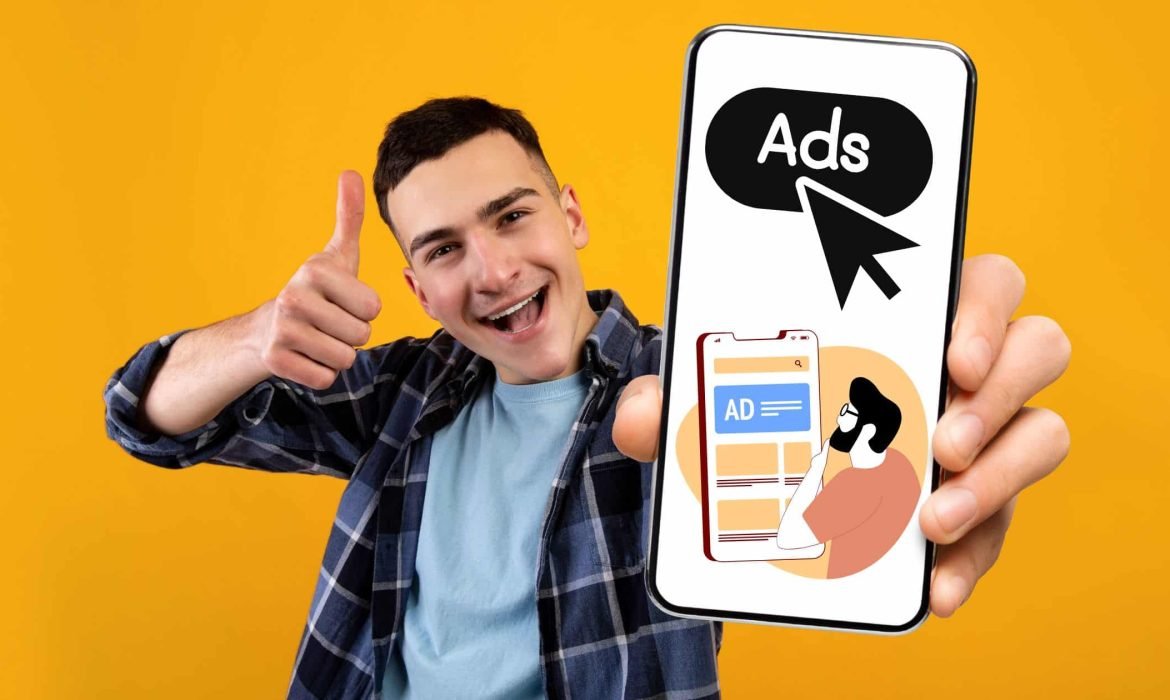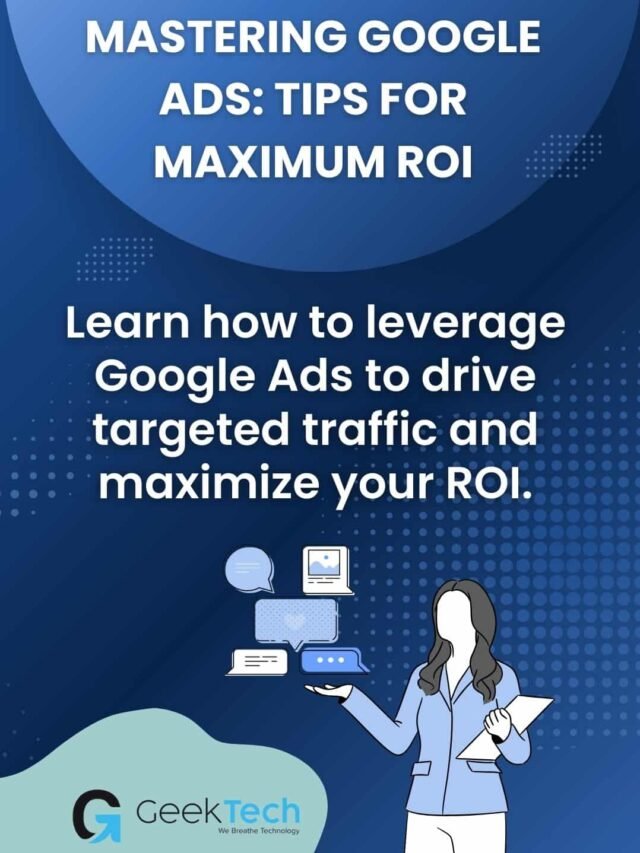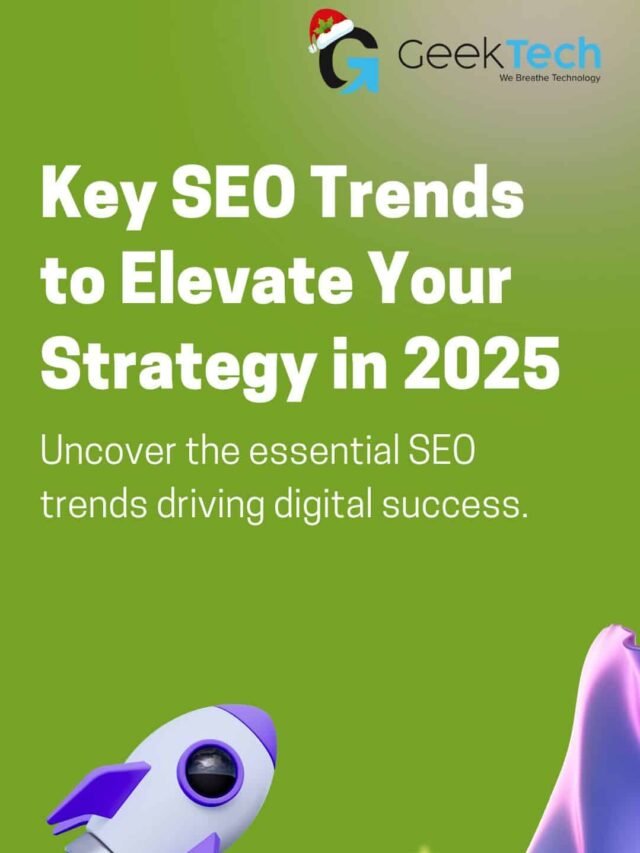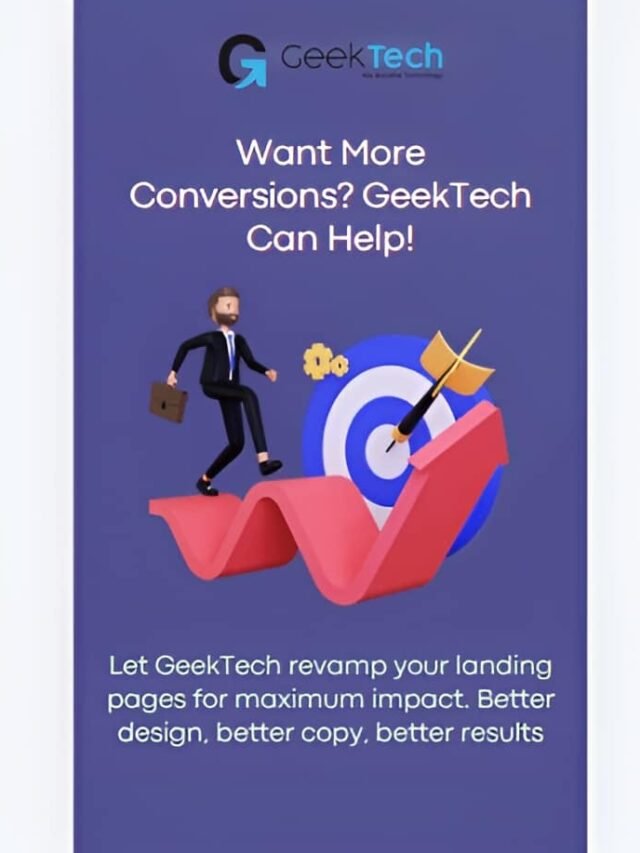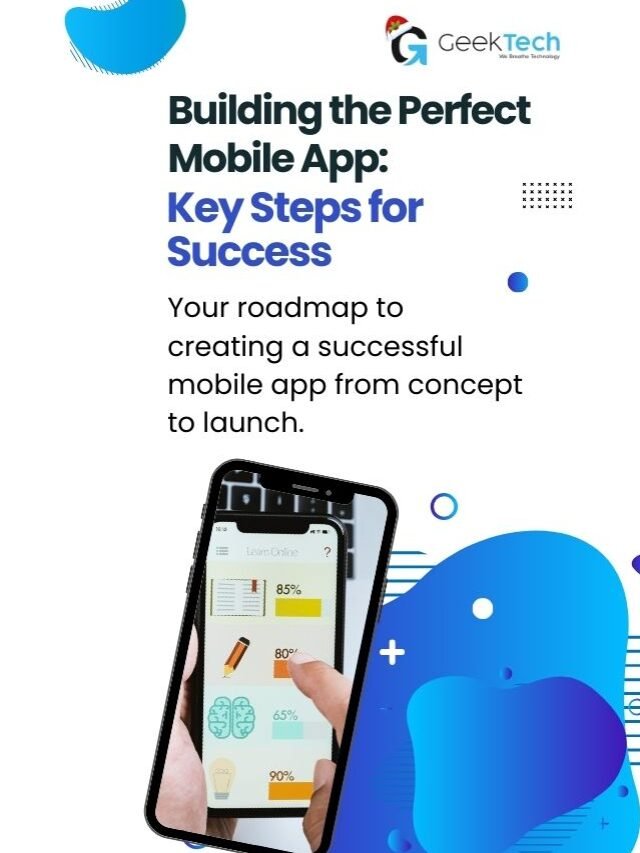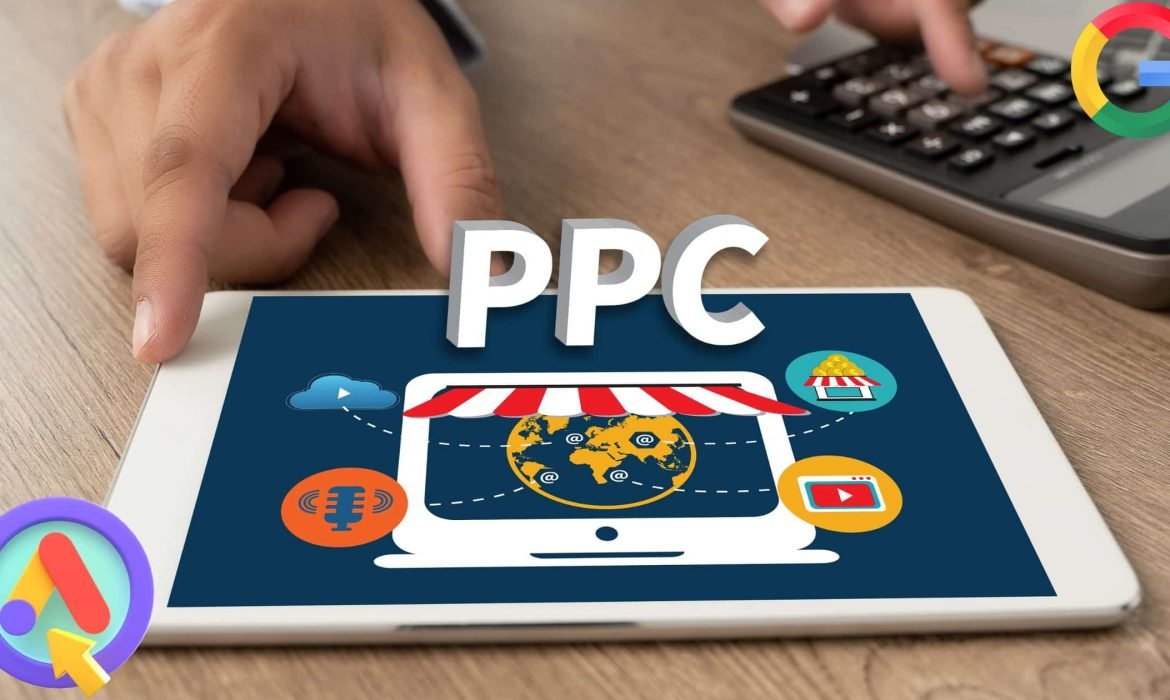Pay Per Click Fraud: The Silent Budget Killer You Need to Stop Today
Are you noticing your ads are getting clicks but have no results? If yes, you might be a victim of pay-per-click fraud. It may drain your budget without you even knowing. These frauds can be done by bots and your competitors. These invisible frauds can also destroy your campaign performance. Do you want to know how to spot and stop these frauds? You will get to know the solution in this blog.
What Is Pay-Per-Click Fraud and Why Should You Care?
The fraud of Pay Per Click (PPC) happens when a person clicks on your online ads and doesn’t have the intention to buy or sign up for anything. The only aim is to waste your money. Where do these clicks come from? This can come from bots and competitors that want to drain your budget. Also, it can be done by click farms. These people are paid for clicking on ads.
As you pay for each click, even for fake ones, too, this fraud may quickly use up your ad budget. Not only this, but it may also give you false data. This makes it more tough to understand what’s actually working in your campaign. So, you need to care for these frauds and stop them.
Types of PPC Fraud: From Bots to Competitors and Affiliate Abusers
Bot-generated clicks
The very first type of PPC fraud is Bots. They are computer programs that are functioned to click on your ads. They are created to act like real users. It makes them hard to detect. When you have a pay-per-click bot, they never lets you increase your sales or conversions. What they only do is drain your advertising budget. They can also mess up your performance data. Bots create difficulty to measure how your ads are performing accurately.
Click farms
The next PPC fraud is click farms. They are a group of people, not a single one. These individuals are paid to click on ads with no genuine interest. They are usually set up in countries with low wages. They are mainly hired to make fraud look real on ad platforms. Also, they use different devices and IP addresses. This type of fraud is also very hard to detect.
Competitor clicks
It is very common that your competitor might click on your ads to drain your budget. Do you know what they mainly aim to do? They want to stop your ads from showing up. By doing so, they are able to show their ads. This means clicks by competitors are intentional and targeted, they are not accidental. This type of fraud is very hard to prove, and it is damaging. You may be paying for useless traffic and someone playing dirty in your industry.
Affiliate click fraud
The fourth type of PPC fraud is affiliate click fraud. This happens when people who earn a commission for leads or sales click on ads to boost their payouts. You may see your campaign getting a lot of action. However, it is just traffic that is meant to trick the system. You may end up paying for clicks that never turn into customers.

Real-World Impact: How Click Fraud Destroys Your Ad Budget
When click fraud happens, it doesn’t only waste a few dollars. It may drain thousands from your monthly ad spend with no real result. Your budget gets used up so fast when bots or fake users continuously click your ads. It leaves no room for real clients. The worst it can do is affect your performance data. This may lead you to make wrong decisions about keywords or targeting. A study held by CHEQ explains advertisers lose more than $35 billion each year because of fraudulent clicks. So, as you know how it destroys your ad budget, stay alert and protect your campaigns.
Signs You Might Be a Victim of PPC Fraud
Unusual spikes in clicks with no conversions
At first, you may notice an unexpected jump in clicks. However, there is no increase in leads or sales. At that moment, just know it is a red flag. When you have real customers, they usually take some action. It can be filling out a form or making a purchase. But if there is no such action, there are chances you are getting fake traffic.
High bounce rates from certain IPs
The next sign that aware you of PPC fraud is a high bounce rate from certain IPs. It means people leave your site just after clicking the ad. If this action is linked to the same IP address, it may signify fraudulent activity. Real customers spend more time to explore your website. Hence, if a same IP clicks and leave the site right away, just know it is someone with wrong intentions.
Tools and Techniques to Detect and Prevent PPC Fraud
As you know the meaning, types, effects, and signs of PPC fraud, the next thing you should know is the way to prevent this. There are mainly four solutions we have listed below. You can choose a PPC service company in India and get protection. Read these tools and techniques and stay away from PPC fraud.
Google Ads IP exclusions
The first tool is Google Ads. It allows you to block certain IP addresses. By doing so, they will not be able to see your ads. When you detect continuous fake clicks from a particular IP, you can prevent them in their tracks. You just need to add that IP to your exclusion list. Using Google Ads is simple but a powerful action to stop PPC fraud.
Check out our our Web Stories to get more insights!
Click fraud monitoring tools (e.g., ClickCease, PPC Protect)
The next tool you can use is ClickCease and PPC Protect. They are pay-per-click fraud monitoring tools. They automatically scan your campaign for fraud signs. These tools track suspicious behavior. It can be repeated clicks, unusual devices, or activity by bots. Once they detect, they block fake traffic in real-time. These tools are mainly helpful for businesses that seek extra security and don’t want to check data every day.
Manual review of click patterns
Sometimes, the best way to catch fraud is to look closely at your campaign data. Reviewing where your clicks are coming from, what devices are used, and how long users stay on your site can reveal suspicious trends. It’s a bit time-consuming but very useful when combined with other tools.
Partnering with expert PPC services
Working with a professional PPC services company in India gives you access to expert strategies and advanced tools. They don’t just manage your ads—they constantly monitor, analyze, and protect them. The best team knows how to detect fraud early and make smart adjustments, so your budget is spent on real customers, not fake clicks.
How Geek Informatic & Technologies Pvt. Ltd Helps You Maximize ROI and Minimize Fraud
At Geek Informatic & Technologies Pvt. Ltd., we understand how badly PPC frauds can affect us. That’s why we offer PPC services in India. These services are made to fight back the danger. We utilize updated fraud detection tools and monitor your campaign. We also apply smart bidding strategies to block bots and fake traffic.
Our only goal is to help you to get the best results on your ad budget. With our services, you can keep your campaign protected. Also, you can get genuine leads. So, let us build your next PPC campaign with confidence and clarity.
What Are Google Ads Sitelinks? How They Work & Why They Matter for Mobile Ads
Ever wonder why some Google Ads grab your attention while others fade into the background? The difference often comes down to one powerful feature—those strategic links you see beneath the top-performing ads. In today’s fast-scrolling world, especially on mobile, you have less than 2 seconds to capture a searcher’s interest. That’s where paid search sitelinks extensions shine. Whether it’s app download push, ad-supported limited-time offers, or delivering several services, proficiency in these tools can make or break your campaign ROI. Let’s break down how the pros use them to dominate mobile search results—and how you can, too.
What Exactly Are Google Sitelinks?
Google Sitelinks are powerful ad extensions that appear beneath your main search ad, giving users quick access to specific pages on your website. Imagine your standard text ad is like a storefront sign – it tells people what you offer. Sitelinks are like additional signs pointing customers to different departments inside your store.
These clickable shortcuts serve several important functions:
- They expand your ad’s real estate – Sitelinks make your ad take up more space in search results, helping you stand out from competitors.
- They provide direct pathways – Instead of sending all traffic to your homepage, sitelinks let users jump straight to the most relevant pages.
- They address multiple search intents – Different users may be looking for different things. Sitelinks allow you to cater to various needs in one ad.
Here’s a typical example you’ve probably seen:
A hotel ad might show sitelinks for:
- “Check Room Rates”
- “View Amenities”
- “See Special Offers”
- “Book Now”
What makes sitelinks particularly valuable is their ability to:
- Shorten the customer journey by eliminating extra clicks
- Increase ad relevance by showing multiple offerings
- Boost click-through rates by providing more entry points
Unlike some other ad extensions, sitelinks (a powerful type of paid search sitelinks) work across both desktop and mobile searches, though they’re especially impactful on mobile where screen space is limited. They’re available for Search Network campaigns (not Display) and can show up to 6 additional links beneath your main ad, giving users multiple pathways to engage with your content.
The best sitelinks use:
- Clear, action-oriented language (“Shop Now”, “Get Pricing”)
- Direct links to high-value pages
- Consistent messaging with the main ad
When properly optimized, sitelinks transform your basic text ad into a more powerful, multi-dimensional marketing tool that can significantly improve your ad performance.
The Mobile-First Reality: Why Sitelinks Matter Now

Let’s face it – your phone is where everything happens these days. From checking the weather to buying groceries, mobile searches rule. According to Statista, mobile accounts for approximately half of the web traffic worldwide in the last quarter of 2024, and mobile devices (excluding tablets) generated 62.54 percent of global website traffic.
Here, standard text ads often get lost in crowded mobile search results. Sitelinks solves this by expanding your ad’s footprint without increasing your bid costs. These additional links appear beneath your main ad, giving users multiple pathways to engage with your business. For mobile searchers who scroll quickly and decide faster, this extra visibility can mean the difference between a click and being overlooked.
What makes sitelinks particularly valuable for mobile advertising is their ability to shortcut the user journey. Instead of directing all traffic to your homepage, these paid search sitelinks let you guide users directly to your most relevant pages. A restaurant could link straight to its online reservation system. An ecommerce store could send shoppers to today’s best deals. This precision reduces frustration and improves conversion rates by eliminating unnecessary clicks.
Google’s data shows ads with sitelinks typically achieve 10-30% higher click-through rates compared to standard ads. This boost comes from both increased visibility and better targeting of user intent. When someone searches for “running shoes,” an ad with sitelinks for “Men’s Styles,” “Women’s Styles,” “Clearance,” and “Store Locator” can appeal to multiple search motivations at once.
For mobile users, sitelinks also improve the overall experience. They eliminate the need to navigate through multiple pages on a small screen. Instead of landing on a homepage and searching for the right section, users get taken directly to the content they likely want. This streamlined approach significantly reduces mobile bounce rates.
Setting up effective sitelinks requires strategic planning. The best performers use clear, action-focused language like “Get Pricing” or “Book Appointment.” They link to mobile-optimized pages that load quickly. They maintain consistent messaging with the main ad to avoid confusion. Regular testing of different link combinations helps identify what resonates most with your mobile audience.
As mobile continues to dominate search behavior, Google Sitelinks have evolved from nice-to-have features to essential components of successful campaigns. They address the unique challenges of mobile advertising by providing more visibility, better targeting, and smoother user experiences – all critical factors in today’s competitive digital marketplace.
Also view our Web Stories for more Digital Insights!
How Sitelinks Actually Work: A Step-by-Step Guide
Sitelinks transform your Google Ads from basic text links into eye-catching, high-converting mobile ad experiences (the most effective type of expanded sitelinks available). But how exactly do you set them up for maximum impact? Follow these steps to implement them successfully:
1. Setting Them Up: Your Action Plan
Getting sitelinks live takes just minutes, but doing it right requires smart choices. Here’s exactly what to do:
- Step 1: Log into your Google Ads account and open your Search campaign.
- Step 2: Click “Extensions” in the left menu, then select “Sitelink Extension.”
- Step 3: Write short, action-driven text (under 25 characters). Examples:
- “Shop Now”
- “Limited-Time Deal”
- “See Reviews”
- Step 4: Link directly to high-value pages—never your homepage! Instead, send users to:
- Best-selling products
- Active promotions
- Key service pages
Why this matters: A well-optimized site link can boost CTR by 15% or more.
2. Google’s Requirements: What You Must Get Right
Google has strict rules for sitelinks. Skip these, and your extensions won’t show:
✅ Campaign Type: Works in Search campaigns (not Display).
✅ Text Rules: Keep it short and scannable. Avoid:
- Generic phrases like “Click Here”
- Overly salesy language
- ✅ Landing Pages: Must be:
- Mobile-friendly (Google penalizes slow-loading pages)
- Relevant to the ad’s message
Pro Tip: Test different text combinations. For example, an ecommerce store might try:
- A text like “50% Off Today”
- A lifestyle shot with “See How It Works”
3. Where (and When) They Appear
Sitelinks show on mobile searches, usually for top-ranked ads (positions 1-3). Key details:
- Mobile-Exclusive: No desktop or tablet visibility.
- High-Intent Searches: More likely to appear for commercial keywords (e.g., “buy running shoes” vs. “best running shoes”).
- Ad Rank Matters: Higher-quality ads (with strong CTR and relevance) get priority.
Real-World Example:
A travel agency using sitelinks for “beach vacations” might display:
- A tropical resort text → “All-Inclusive Deals” (links to packages)
- A family on a beach → “Family Discounts” (links to promo page)
- A 5-star review badge → “Rated #1” (links to testimonials)
Check out our another blog!
Customer Retention vs. Customer Acquisition: Which Matters More?
Final Thought: The Mobile Ad Advantage
Sitelinks turn good mobile ads into great ads. They solve the biggest problem with phones – limited space – allowing users to find what they want faster. The best part? They’re simple to set up but make a huge difference. Ready to upgrade your mobile ads? Partner with Geek Informatic & Technologies Pvt. Ltd., we turn clicks into customers with expanded sitelinks and high-converting site link strategies. Join us, and your next high-converting campaign will start today.
10 Hidden Ways You Might Be Wasting Money in Google Ads
Many advertisers waste money without even realizing it. You might be targeting the wrong audience or bidding too high. These errors add up and hurt your return on investment. Avoiding such mistakes is key to making your ads profitable. In this blog, you will learn about Google Ads mistakes to avoid and how to fix them. It will cover your common pitfalls with practical solutions.
10 Costly Mistakes That Are Draining Your Google Ads Budget
1. Targeting Too Broad Audience
If your ads reach people who have no interest in your product, you waste money. Broad targeting increases costs without conversions. Many businesses make these mistakes in ads by targeting wide locations, thinking they will reach more potential customers. However, this often leads to irrelevant clicks and drives up costs without increasing sales.
A broad audience means you are paying for impressions and clicks that won’t convert. If your business sells specialized products, targeting a general audience may not yield quality leads. You need to refine your strategy to reach the right people.
How to Fix It
- Use location targeting to focus on relevant areas.
- Narrow your audience by using specific keywords.
- Use in-market and affinity audience targeting.
- Test different audience segments.
- Use detailed demographic data to fine-tune your targeting.
2. Ignoring Negative Keywords
Negative keywords prevent your ads from showing for irrelevant searches. Without them, your budget goes to wasted clicks. Many advertisers forget to regularly update their negative keyword lists, leading to unnecessary expenses.
If you sell leather purses, and your ad is coming up in the plastic bottles section, then it’s more likely to be getting random clicks. Without negative keywords, you’re likely to get traffic with no intention of buying.
How to Fix It
- Find irrelevant search terms in your reports.
- Add them to your negative keyword list.
- Keep updating the list to refine targeting.
- Use broad match negatives to filter out unwanted traffic effectively.
- Avoid common negative keyword mistakes in ads, like blocking useful search terms.
- Check Google’s keyword planner for suggestions on what to exclude.

3. Poor Keyword Match Types
Using only broad matches can make your ads appear for unrelated searches. This leads to wasted ad spend. Broad match is useful in some cases but should be used with caution, as it often results in irrelevant traffic.
Using the correct match type allows you to manage where and how your adverts are displayed. These are the typical Google Ads mistakes to avoid.
How to Fix It
- Use phrases and exact-match keywords.
- Test different match types for better control.
- Monitor search terms regularly to adjust keywords.
- Combine broad match with smart bidding to improve performance.
- Avoid using only one match type to balance your keyword strategy.
- Use Google’s search query report to see what users are searching for.
4. Not Using Ad Extensions
Ad extensions improve visibility and engagement. Without them, your ad may not stand out. Many advertisers skip Google ad extensions, and they miss out on valuable real estate in search results.
Extensions make your ads more informative and engaging. This increases your chances of getting clicks and conversions. Google Ads mistakes can be avoided by incorporating extensions.
You can also go through our Web stories to get more insights on Digital Marketing
How to Fix It
- Use site link extensions to add extra links.
- Add callout extensions for important details.
- Use structured snippets to highlight features.
- Try call extensions to encourage phone calls.
- Regularly update your extensions for relevance.
- Use price extensions if you have products with competitive pricing.
5. Writing Weak Ad Copy
Your ad copy needs to grab attention. If it’s boring or unclear, people won’t click. Poor ad copy results in low click-through rates and wasted impressions. It is necessary to rectify these PPC mistakes quickly so that you can run better ads. A compelling ad should highlight your unique selling points and include a strong call to action.
How to Fix It
- Use clear, persuasive language.
- Highlight unique benefits.
- Test different headlines and descriptions.
- Use strong calls to action to drive engagement.
- Avoid using generic phrases that do not differentiate your brand.
- Use emotional triggers to make your ads more persuasive.
6. Ignoring Mobile Optimization
Many users browse on mobile. If your ads or landing pages don’t work well on mobile, you lose conversions. Mobile users expect fast and without interruption experiences. If you fail to optimize for them, it can be costly.

How to Fix It
- Use responsive landing pages.
- Ensure fast loading times.
- Test ads on different mobile devices.
- Keep forms short and easy to fill out.
- Make sure CTA buttons are easy to tap.
- Optimize images and videos to load quickly on mobile.
7. Overlooking Conversion Tracking
Without tracking, you don’t know which ads work. You might keep spending on underperforming campaigns. Many businesses run ads blindly without measuring results. These mistakes in ads repeatedly affect your revenue. So, tracking your ad performance should be your top priority.
How to Fix It
- Set up Google Ads conversion tracking.
- Link Google Analytics for deeper insights.
- Regularly check data to adjust campaigns.
- Track micro-conversions like form submissions and phone calls.
- Use UTM parameters to track campaign performance accurately.
- Monitor return on ad spend to optimize campaigns.
8. Setting the Wrong Bidding Strategy
Google AdWords problems cost you big when using the wrong bidding strategy. It leads you to high costs and low returns. That is why manual bidding may not always be the best choice. Many advertisers set bids too high or too low without a proper strategy, and that also affects your strategy.
How to Fix It
- Test automated bidding strategies.
- Adjust bids based on conversion data.
- Monitor cost-per-click (CPC) to optimize spending.
- Use bid adjustments for different devices and locations.
- Regularly review your bidding strategy to align with goals.
- Experiment with target CPA or target ROAS bidding.
9. Forgetting to A/B Test Ads
If you run only one version of an ad, you miss chances to improve performance. Many advertisers stick with one ad format without testing alternatives. This leads to PPC mistakes that prevent optimization and better engagement.
How to Fix It
- Create at least two variations of each ad.
- Test different headlines, descriptions, and CTAs.
- Analyze performance and keep the best ads.
- Experiment with different display URLs.
- Rotate ads evenly for accurate testing.
- Use Google Ads’ responsive search ads to test multiple headlines automatically.
10. Neglecting Landing Page Experience
A bad landing page leads to high bounce rates and wasted ad spend. If users click on your ad but leave instantly, your money is wasted. Poor landing pages create a disconnect between the ad promise and the user experience. This leads to mistakes in ads that reduce conversions.
How to Fix It
- Ensure pages load quickly.
- Make them mobile-friendly.
- Keep messaging consistent with the ad copy.
- Remove unnecessary distractions from landing pages.
- Use heatmaps to analyze user behavior and improve the layout.
- Optimize call-to-action placement for higher engagement.
Conclusion
Spending money on Google Ads without proper strategy leads to waste. By fixing these PPC mistakes, you can maximize results. Avoiding these mistakes in ads helps you target the right audience and improve conversions. Now that you know what’s draining your budget, take the right actions. Apply these fixes and watch your Google Ads become more profitable! To run your PPC ads smartly, partner with Geek Informatic & Technologies Pvt. Ltd.
Unlocking the Potential of Google Pay Per Click and Google Lead Ads
Pay-per-click (PPC) has become a dynamic force for businesses to interact with their target audience effortlessly in the ever-evolving digital marketing arena. Within various PPC platforms, Google Pay Per Click (Google PPC) stands out as a trailblazer, offering a comprehensive advertising solution. Its prominence stems from its ability to provide a complete and precisely personalized approach, guaranteeing firms not only catch attention but also effectively convert leads.
 As a catalyst for quick visibility, Google PPC enables businesses to navigate the competitive digital terrain precisely. This makes it a vital tool in the marketer’s inventory. In this comprehensive course, we will delve into the complexities of PPC marketing, particularly emphasizing Google PPC and the game-changing Google Lead Ads.
As a catalyst for quick visibility, Google PPC enables businesses to navigate the competitive digital terrain precisely. This makes it a vital tool in the marketer’s inventory. In this comprehensive course, we will delve into the complexities of PPC marketing, particularly emphasizing Google PPC and the game-changing Google Lead Ads.
Understanding Pay-Per-Click (PPC) Advertising
PPC marketing is a dynamic digital advertising approach in which advertisers pay for each click on their advertisements. Unlike older techniques, PPC allows firms to target their audience specifically through clever keyword bidding. This low-cost strategy ensures that marketers only pay when consumers interact with their content, providing immediate visibility on search engine results pages (SERPs).
Google Pay Per Click (Google Ads) is a significant player in this space, with a competitive bidding method used to determine ad placement. In essence, PPC allows businesses to increase their online presence and drive traffic while optimizing their return on investment.
Google Pay Per Click Dynamics
Google Pay-Per-Click (PPC), often known as Google Ads, is Google’s advertising platform that allows businesses to generate ads that display on Google’s search engine. Advertisers bid on terms relevant to their target audience in the system’s bidding system. When a person searches for a specific keyword, the system initiates an auction, with the highest bidder’s ad appearing prominently.
The importance of Google PPC resides in its capacity to provide businesses with quick visibility. In contrast to organic search techniques, which may take time to climb the ranks, Google PPC assures that your ad is exposed to potential buyers. This immediate gratification is especially useful for time-sensitive marketing or product debuts.
Creating Captivating Google PPC Ads
To get the most out of Google PPC, you must create appealing ads that grab the attention of your target demographic. Begin with an enticing headline that corresponds to the user’s search goal. Use short and convincing language to express your idea inside the character restriction. Incorporate relevant ad extensions to provide additional information and boost your ad’s attractiveness.
Using Google Lead Ads to Increase Conversions
While Google PPC can help businesses drive traffic, the ultimate goal is generally to convert those visitors into leads or sales. This is where Google Lead Ads may help. Google Lead Ads automates the lead generation process by allowing users to enter their information straight into the ad. This removes the requirement for a landing page.
Google Lead Ads’ beauty resides in their simplicity and efficiency. Users can express interest or subscribe to a newsletter without leaving the search results page. This frictionless experience dramatically boosts the likelihood of conversion. This makes it a game changer for firms trying to improve their lead generation efforts.
Key Google Lead Ads Success Strategies
Optimized Form Fields
Form fields in lead advertising must be simplified to increase user interaction. Form completion might be hampered if users are overburdened with information requests. To provide a seamless user experience, strike a healthy balance by focusing on critical facts. This method allows users to supply information freely, optimizing the lead generation process and promoting favorable interactions with your brand.
Compelling Call-to-Action (CTA)
Seize the opportunity and reap extraordinary advantages! Embrace the future with our limited-time offer, or enjoy exclusive access to a world of possibilities with a risk-free trial. Elevate your journey now because options like these only come along sometimes. Act quickly and turn possibilities into realities. Your trip to unrivaled value begins with a single persistent click.
Mobile Optimization
Responding to customers’ mobile-centric behaviors is critical in today’s digital landscape. As smartphones dominate browsing behavior, optimizing lead ads for smooth mobile experiences is necessary. A seamless design ensures easy engagement, gathering leads from many smartphone users. Prioritizing mobile optimization is a strategic objective to improve accessibility and responsiveness for a broad audience involved in mobile interactions.
CRM Compatibility
Integrating Google Lead Ads with your CRM system is critical for a smooth lead management procedure. This synchronization automates the transmission of leads from Google Ads to your CRM, reducing the need for human data entry. Your team can focus on nurturing connections, optimizing efficiency, and capitalizing on the potential of valuable leads.
Increasing ROI using Google PPC
Achieving a high return on investment (ROI) with Google PPC requires more than just bidding on keywords. To enhance the performance of your Google PPC ads, consider the following strategies:
Keyword Research
Implementing a solid keyword research strategy is critical for online success. Determine high-performing keywords that are related to your company’s goals. Analyze performance data regularly and refine your keyword list as needed. This dynamic strategy ensures that your content remains optimized, resonates with your target audience, and remains relevant in an ever-changing digital landscape.
Ads Scheduling Optimization
Efficient ad scheduling entails analyzing user activity patterns to identify peak engagement times. You assure maximum visibility during peak audience activity by precisely timing your adverts. This tactical method reduces spending during downtime, enhancing the impact of your advertising budget and developing deeper connections with your target population.
Geo-Targeting
In Google PPC, geo-targeting is an intelligent way to improve audience targeting based on specific areas. Businesses improve relevance and efficiency by maximizing ad visibility in selected locations. This ensures their budget is utilized for a more precise reach. This precision reduces waste by directing ad exposure where needed for optimal campaign performance.
Ad Extenders
Optimize your Google PPC campaigns by utilizing necessary ad extensions like site links and callout extensions. These additions go above and beyond the standard ad content, giving additional information and improving the user experience. Site link extensions drive readers to specific sites, whilst callout extensions highlight unique offerings, significantly increasing the visibility and relevancy of your ad.
Conclusion
The synergy of Google Pay Per Click and Google Lead Ads presents a dynamic opportunity for businesses to boost their online presence & drive conversions. By harnessing the immediacy of PPC and the seamless lead generation through Lead Ads, companies can navigate the digital landscape with precision.
For unparalleled PPC services, consider partnering with Geek Informatics & Technologies Pvt Ltd. Their expertise ensures a strategic approach to Google PPC, unlocking the full potential of these tools for your business growth. Propel your digital success with Geek Informatics — where innovation meets results.





